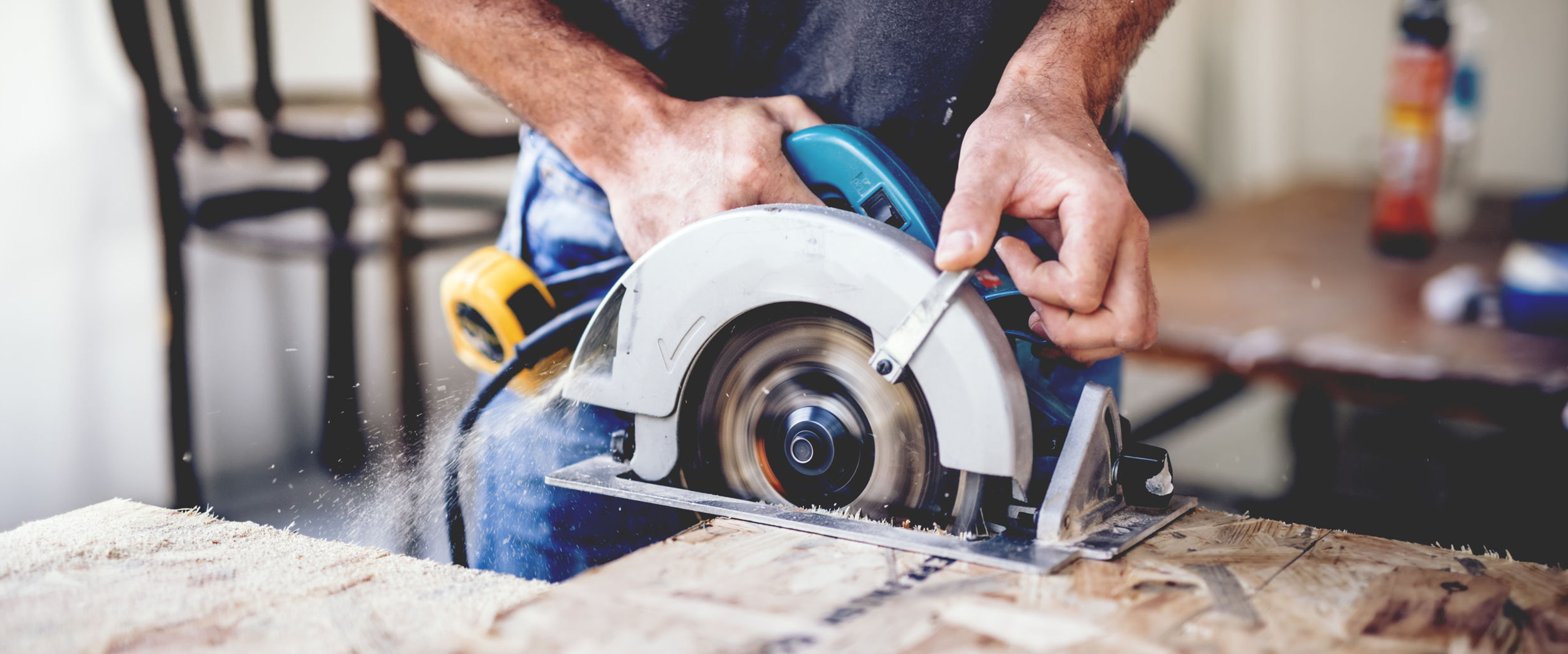Construction is regarded as one of the most dangerous and accident-prone professions. Today, many industry leaders devote significant time and resources in developing safety programs and promoting a risk-free culture for their employees. While constant awareness of site conditions, employee workflows, and modern safety techniques might mitigate the life-threatening risks posed by accidents, businesses that successfully implement a safety philosophy further benefit from increased productivity and drastically lower insurance costs. The ethical and economic benefits of prioritizing safety and demonstrating compliant practices in your construction business will far outweigh the blow of worker’s comp claims, lawsuits, and OSHA violation fees.
Where to start? We’ve combined the best tools, techniques, and workflow strategies to help you build a site-specific safety program.
Offer Sufficient Training
New construction equipment and heavy machinery can immensely benefit operational efficiency and productivity. While time management is vital to the success of any construction project, failure to train employees on various equipment can reversely increase the risk of on-site injuries and set back operations drastically. It is vital to standardize training for your workers in operating machines and establish the best equipment safety practices for everyone to use.
Anyone working with heavy machinery must be certified to use it, and those who use dangerous tools should be aware of their surroundings at all times. Understanding how to be safe while working on a construction site should be a requirement for every employee. While new employees should be provided with various resources and training opportunities, such as worksheets, pamphlets, videos, and on-site shadowing programs, current employees should also be expected to refresh their knowledge of standard safety procedures by attending quarterly or annual educational sessions.
Arm Your Team With Personal Protection Equipment
Many of the most commonly cited OSHA violations result from inadequate or lacking safety equipment. In 2016, OSHA updated eye and face protection requirements for environments with present hazards (i.e, flying particles, molten metal, liquid chemicals, acids or caustic liquids, chemical gasses/vapors, or potentially injurious light radiation). Regardless of if an employee isn’t directly involved in such conditions, it is essential to ensure your staff is equipped within a specific radius of hazardous environment. Employee eye protection must have appropriate side guards or be fitted with attachable side protectors. Hardhats should also be mandated, on-site attire — even for third-party businesses, clients, and guests. Hardhats should fit snuggly, and be routinely inspected for signs of damage or deterioration.
In addition to this proper safety gear, you need to also make certain that your crew has proper exterior equipment for various environments. When working “off-ground”, employers should communicate the nature of fall hazards specific to the work site, and attend to all potential hazards; perform maintenance checks for ladders (job-made, fixed, portable, and self-supporting), ensure scaffolds are erected correctly, address concerns with electrical equipment/environments, etc. Job sites should have a designated rest area for workers that offer shade and plenty of water. In construction, a safe culture goes beyond proper attire; it addresses concerns/best practices for a specific site, the overall health of employees, and a range of ways to reduce the risk of accidents.
Use Effective Communication
If an employee doesn’t realize that their co-worker is using a dangerous tool, failing to follow protocol or operating vehicles/machinery nearby, the safety of both parties becomes jeopardized. Accidents are tenfolds more likely to occur when employees lose transparency of what’s happening around them. Therefore, on top of individual competence and group collaboration, directly communicating immediate plans and daily activities can drastically cut down on surprises and accidents.
In addition to on-site communication, establishing regular meetings to express goals, expectations, plans, and any changes to the schedule will also increase the overall safety and success of a project. Using smartphones, handsets, headsets, and other communications equipment can help ensure that everyone is on the same page and is comfortable with what is happening on the job site.
Safety Supervision
Employees may fall into a habit of taking shortcuts that actually violate OSHA safety regulations. Sometimes, they don’t even realize what they’re doing because they’ve done it for so long or have simply forgotten the proper regulations. The crew foreman or other supervisor needs to be on-site regularly to conduct safety inspections and watch for any safety violations. They need to enforce all safety regulations at all times—letting one employee slip by should never be acceptable.
Routine Equipment Inspection/Maintenance
Failing to consistently perform proper equipment maintenance checks can also put your workers at risk. Before usage, inspect your machinery and equipment for external damage and wear, and routinely check/replace the internal pieces of your heavy machinery. This includes replacing worn components, checking and refilling all liquids and fuels, and even rotating older pieces of equipment out and replacing them with new tools. Safety equipment, such as harnesses, especially requires inspection before use.
Avoiding Citations Is Simple
Overall, it’s actually easy to avoid safety citations—all you have to do is follow the required safety guidelines. By doing so, you will have fewer accidents and reduce the possibility of anyone being injured on or near your construction site. While some believe these safety practices only complicate matters, they truly don’t. Most are designed to actually help productivity by preventing employees from being injured and off work for days or months. Take the time to train everyone in proper safety, make certain safety gear is readily available, check all equipment regularly, and train your team to effectively communicate. By following these tips, you’ll see a noticeable reduction in injuries and potentially risky situations.






